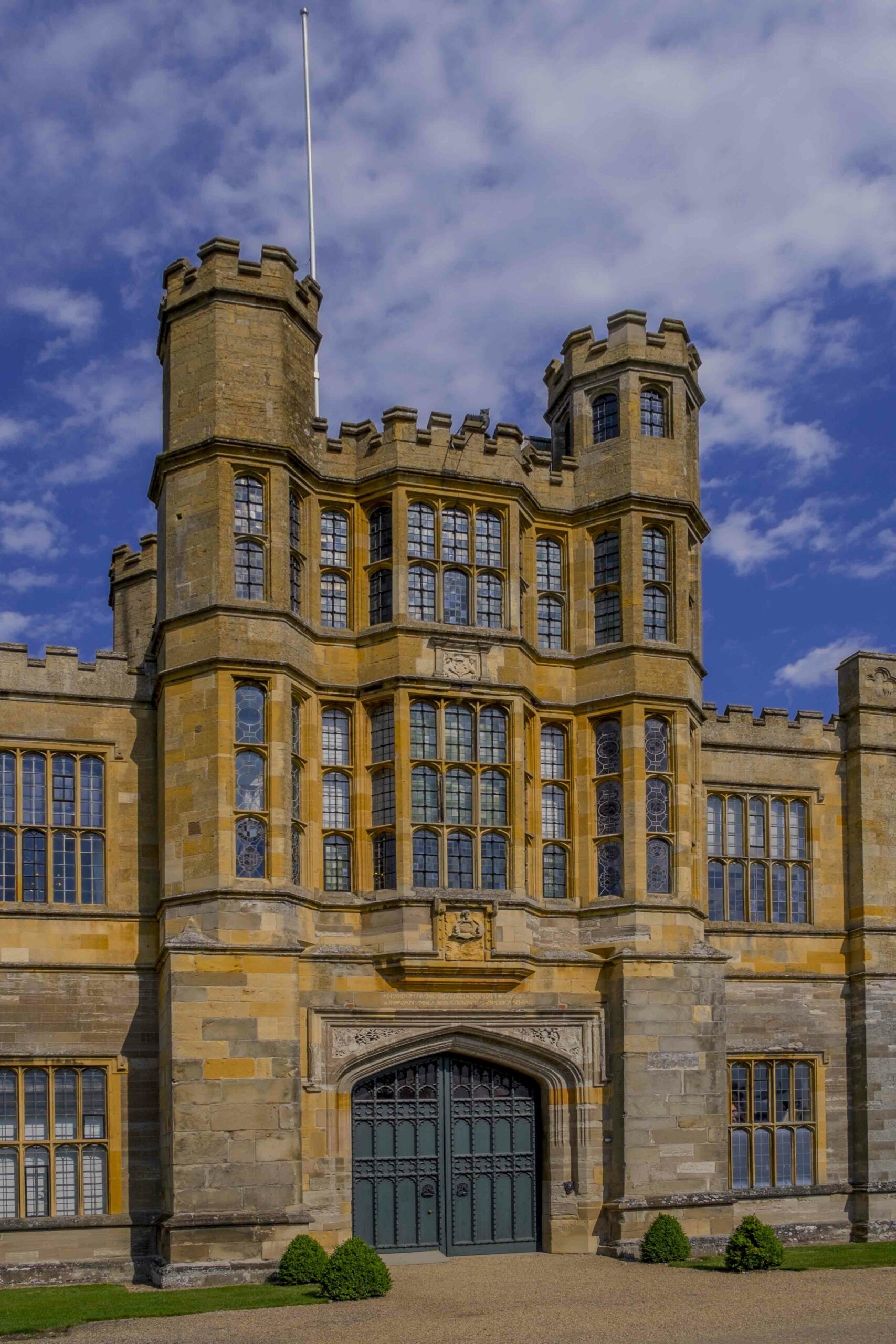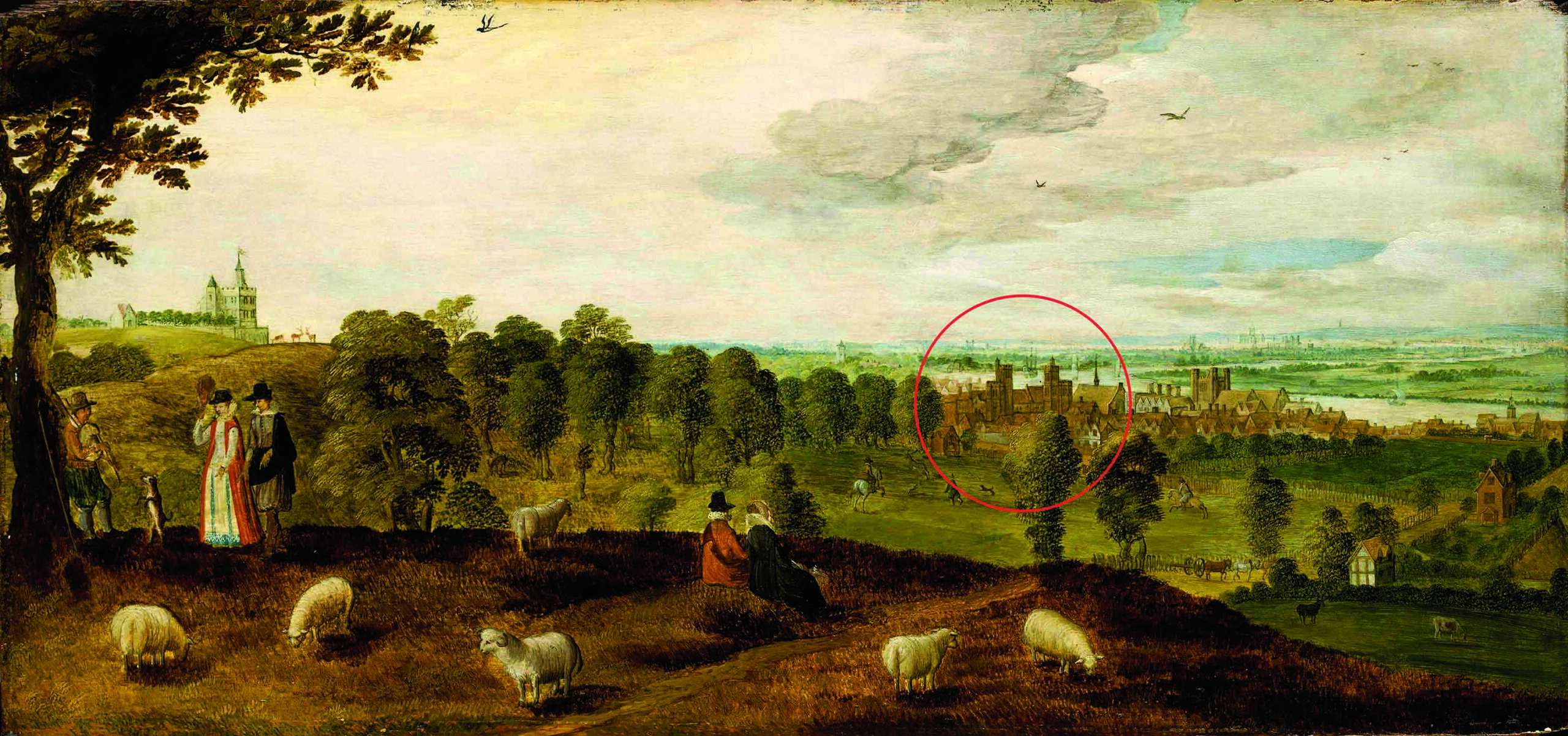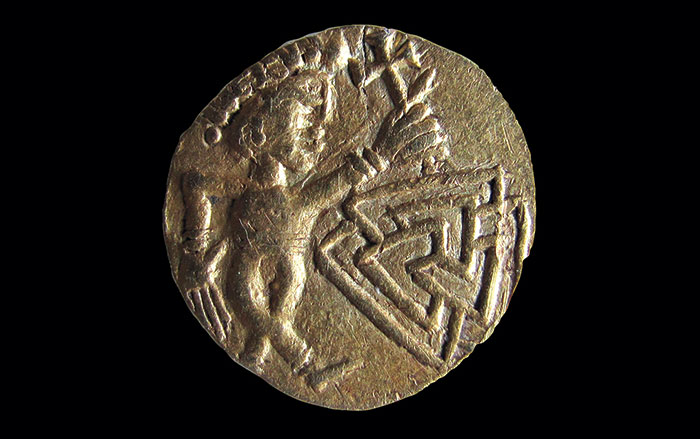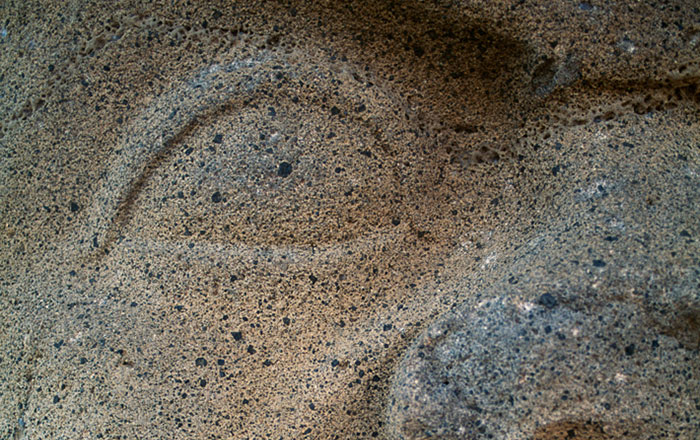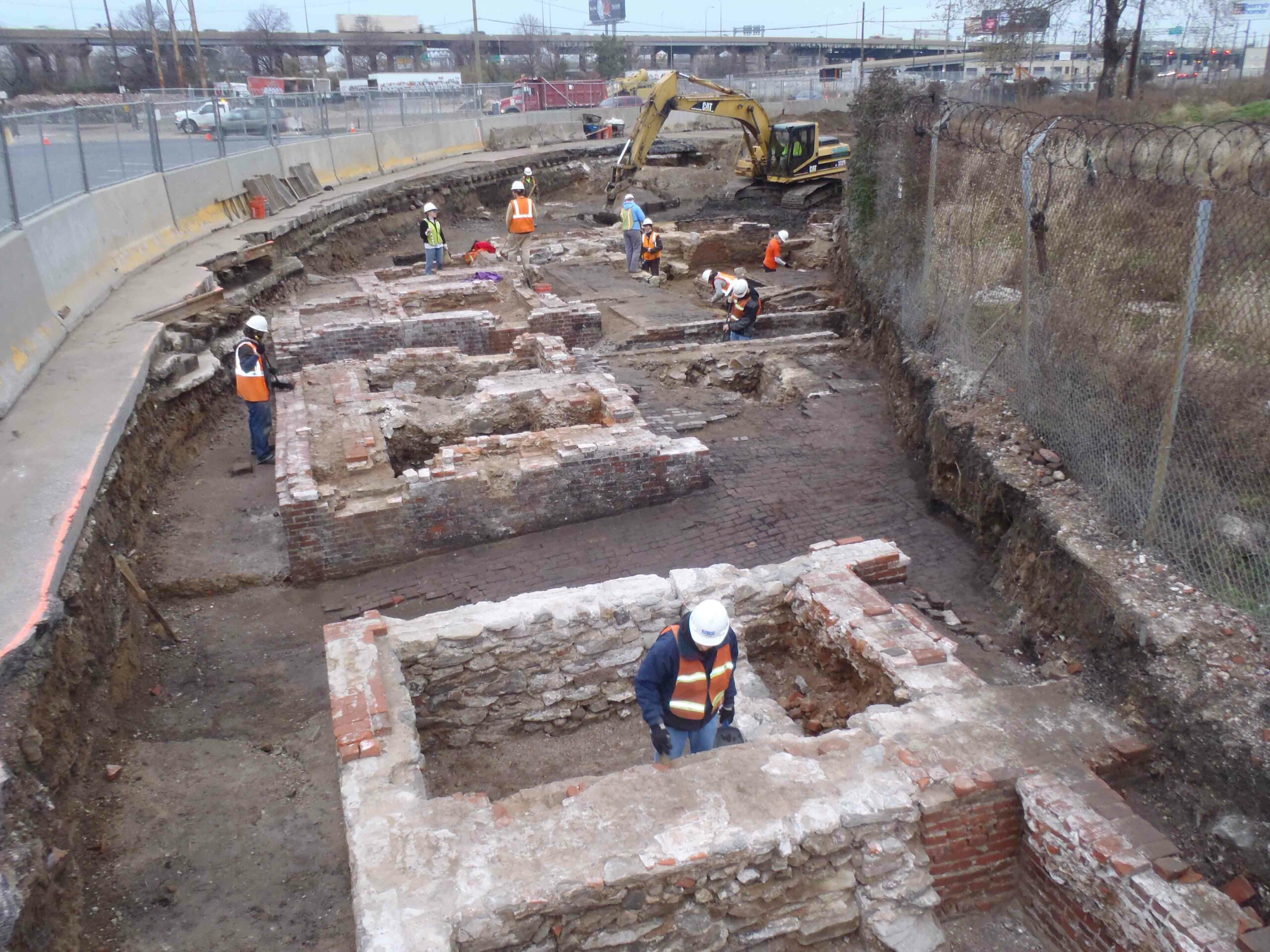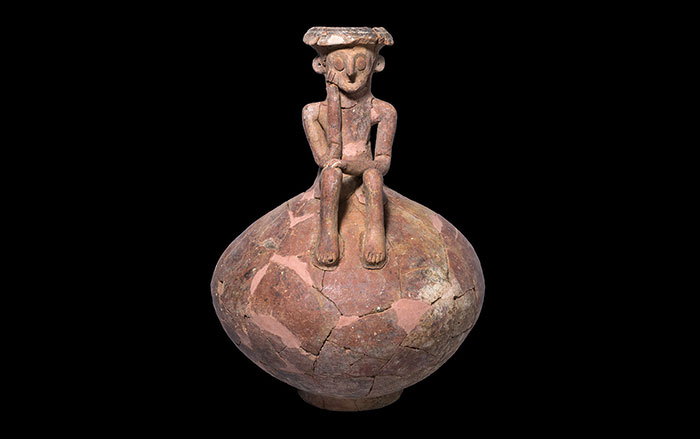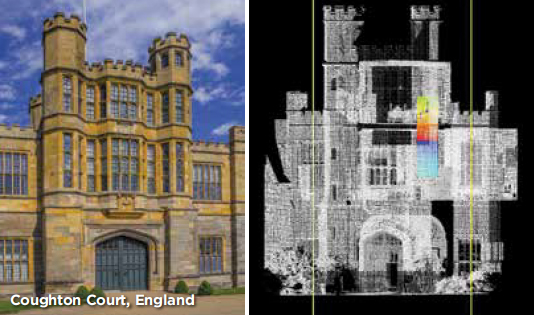
To rid himself of his first wife, Catherine of Aragon, and to (attempt to) fulfill his quest for a son and heir, King Henry VIII needed a divorce. But for a Roman Catholic, this wasn’t an option, so the frustrated monarch forced the hand of the Archbishop of Canterbury and was granted his wish. This decision would have lasting consequences.
The ties that once bound England to the papacy were severed, the English monarch became the head of the new church, and monasteries across the country were dissolved, their riches and land confiscated. Many Catholic priests were forced into hiding to avoid persecution and even execution, and to protect them, some Catholic loyalists fashioned hiding places called “priest holes” in their country homes. At the Throckmorton family’s Coughton Court in Warwickshire, one of these priest holes has now been brought out of hiding through 3-D imaging. Says Christopher King of the University of Nottingham, the work at Coughton “allowed us to create the first accurate record of the priest hole with high-resolution data. More importantly, by scanning the priest hole alongside the rest of the structure, and putting the two scans together, we can demonstrate how it has been fitted inside this complex structure—hidden in a former stair-turret and located between two floor-levels, helping to conceal it.”


